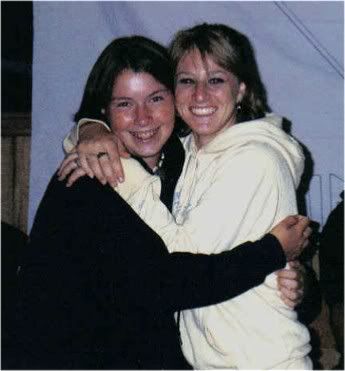Hey, how does this sound? Before I put it up on the discussion board for class. I talked with my dad and added a few things. If it's too long and boring, you don't have to finish it. But if you don't mind skimming it and letting me know that would be awesome! Thanks again for all your help!
For my real life application, I chose the number of hours of sleep each night to the number of effecient hours of energy the following day. I chose to use a linear function. The hours of sleep is placed on the x axis, as the domain. Hours of energy (effecient and quality energy) is on the y axis, the range. Generally speaking, as hours of sleep goes up, so does energy the following day. I approximated that 1 hour of sleep gives you about 2 hours of energy the next day. So my exation of the line is y=2x.
The domain of my function is [0, 10]
My range is [0, 20]
I think that my function predicts future events fairly well. It predicts that depending on how many hours of sleep I get Sunday night, how awake I will be in class on Monday. It predicts my amount of energy that will actually be useful.
There are several limitations to my function. It can not take into account different types of bodies and how each one functions differently on the same amount of sleep. It can not account for stimulants such as caffiene, sugar, adrenaline, or stress. It predicts values above 10 hours of sleep poorly. This is because, taking real life into consideration, I think that there are a few limitations. After about ten hours of sleep, I believe you hit a sort of wall. After ten hours, more sleep is not neccesarily going to give you more energy the following day. With the equation of y=2x, saying that you got 13 hours of sleep, you would (after waking up) have 26 hours of quality energy. I don't think that all of that awake time would be very quality, I've never met someone who can handle life well for a full 26 hours. In this manner, it does not always accurately reflect the entire domain, at least not beyond 10 hours of sleep.
Another function that would work for this application would be a quadratic equation. In the quadratic function, I could include more variables, such as caffiene and other stimulants. In this manner a quadratic function would probably be better than a linear one.
gratzi!
sara
9.7.05
Subscribe to:
Post Comments (Atom)

1 comment:
sounds good to me dude. i like it.
Post a Comment